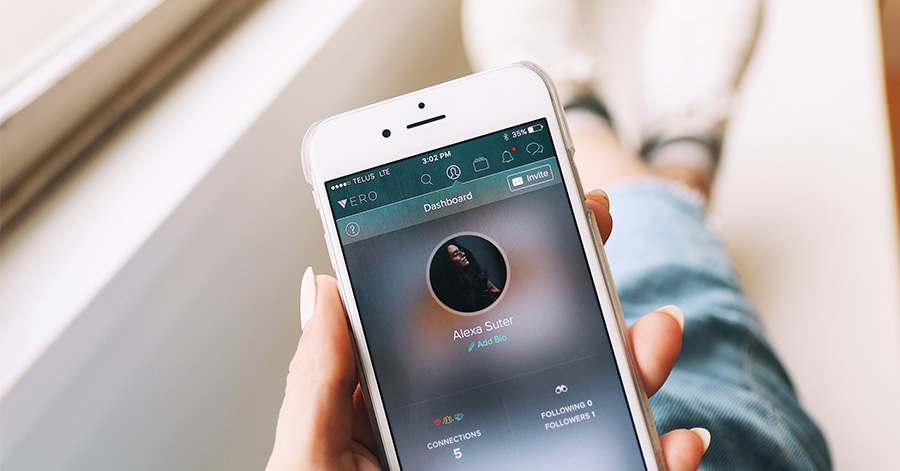Many more brands are trying out influencer marketing. As always happens with innovation, the number of people adopting it increases as time goes by, though of course this only applies to innovations proved to be effective or well-performing. This is the case with influencer marketing, which is still seen as a brand new bizarre way of advertising online by some digital planners or managers.

Considering Rogers’ Diffusion of Innovation theory (still relevant when considering new practices in digital marketing), a new process (or product) which spreads across an increasingly larger audience sees consumers being innovators (i.e., the first to try) then early adopters, early majority and finally the late majority. How far are we with influencer marketing? Overall, taking into account the number of brands investing in it and trusting our service, at Buzzoole we would say that we are already at a pretty advanced stage, dealing with a wide number of digital marketing managers (“early majority”). Influencer marketing is not a trend, it’s a reality. And yet, do you trust the value it might bring to your business? We thought we would show you some influencer marketing stats that portray its current state:
-
Influencer marketing is a breakout
Google Trends defines a term as “breakout” when the rate of interest shown in research on Google compared to the previous period exceeds 5,000%. Influencer Marketing has been stated as breakout by Google Trends as the name has become a trending topic in 2016.
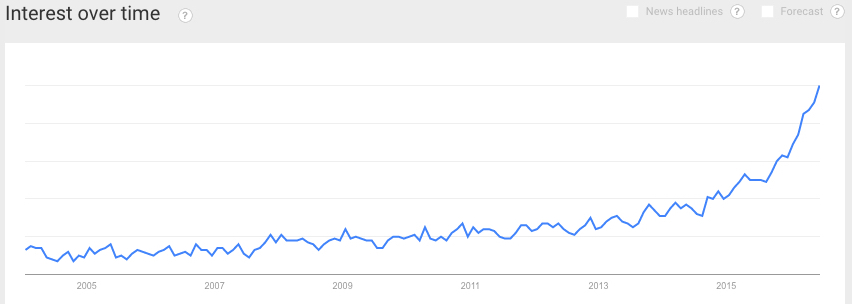
Source: Jeff Bullas
Influencer marketing has stimulated relevant interest in both brands and influencers, and this doesn’t seem set to end as it looks like growth is dramatically increasing over time. A study conducted by Schlesinger Associates (2015) claimed that 84% of the interviewed marketing managers will invest on influencer marketing in the following 12 months. Considering giving it a shot? Here are some tips to run your first influencer marketing campaign with us.
2. Influencer marketing effectively reaches out to your audience where other ADV platforms can’t.
Influencer marketing is all about content created by an audience in order to reach out to more people. It’s usually your own target audience creating appealing content for your brand, and attracting a wider range of people to it. Influencers and brand ambassadors add their own personal, authentic touch boosting towards your objectives. Their words, opinions, and actions get displayed in different formats: video, pieces of writing (tweets/posts/blogposts), visual (photos); different shapes for each social media channel you want your message to run across. It’s not an ADV banner speaking to your target, it’s their friends, people they follow, and trust. Indeed, Native ADV is working less and less. Hubspot here revealed some facts on Ad blocking that show the extent of these changes.
- Ad blocking grew by 41% globally in the last 12 months. (Source: PageFair)
- There are now 198 million active ad block users around the world. (Source:PageFair)
- A 2013 study revealed that 28% of respondents admitted to hiding their activities from advertisers – second only to criminals. (Source: Pew Research Center)
In addition, we never get tired of saying that consumers don’t trust advertising. 82% of consumers trust their peers over brands according to the Nielsen Advertising Trust report. If you haven’t noticed it yet, this is the era where recommendations and peers feedbacks are absolutely crucial, along with leading sales more than anything else. Micro-influencers have way more influence over their followers than any celebrities or branded content (BusinessWire). Welcome to the influencer economy!
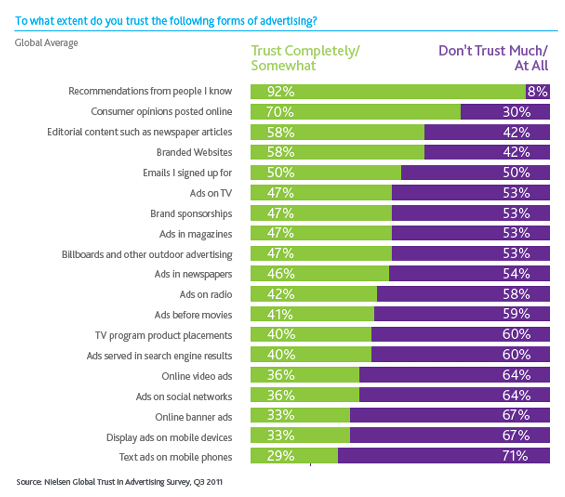
3. Brands that have tried it intend to use it again
What’s the best trigger behind Customer Retention? Satisfaction. Happy customers mean everything. It says a great deal that 74% of brands that previously used influencer marketing have claimed to allocate an even greater budget on it this year.(Buzzoole Survey, 2016).
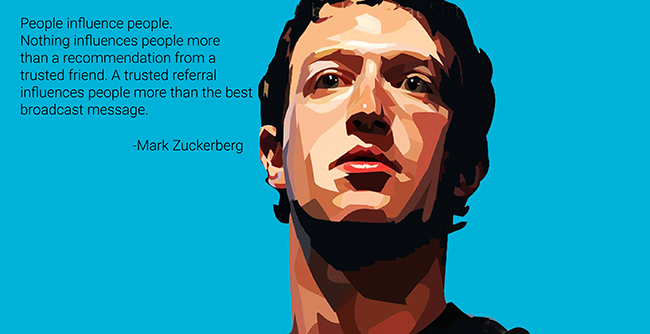
Source: SocialMediaToday
4. Does Influencer Marketing Drive Sales?
When considering influencer marketing applied to eCommerce, we have already provided you with some data. Twitter’s findings match with what we have previously said. Indeed, nearly 40% of Twitter users say they’ve made a purchase as a direct result of a Tweet from an influencer. Their influencer marketing stats showed that those who were exposed to brand Tweets had a 2.7x lift in purchase intent over participants who did not see an advertiser Tweet. When participants were exposed to a campaign that featured both brand and influencer Tweets, the lift in purchase intent more than doubled to 5.2x.
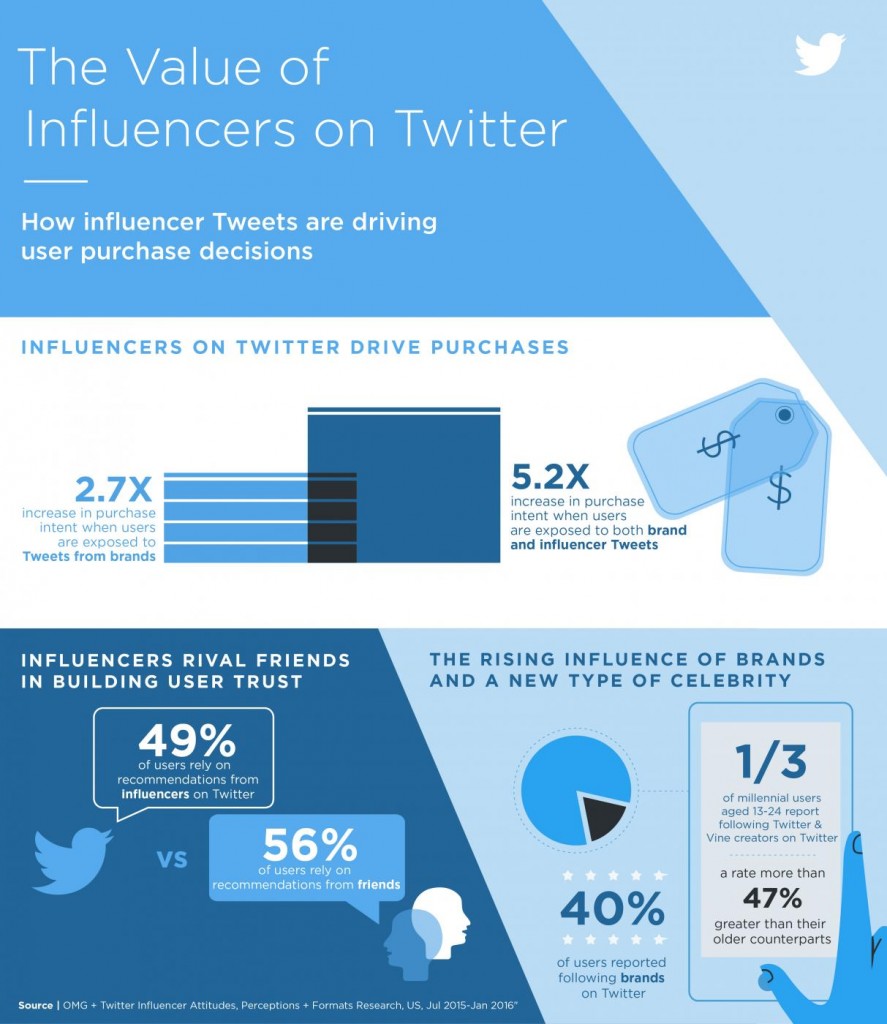
Source: Twitter
For some more influencer marketing stats and to keep yourself up-to-date, keep visiting our blog!
If you want to know more, you can also download our free ebook “The Comprehensive Guide to Influencer Marketing“.
Any thoughts on the matter? We would be happy to hear any feedback, drop us a comment!
